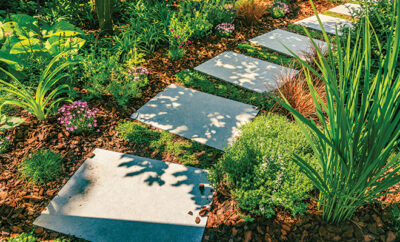
Have a Green Holiday Season!
The holiday season is a time for shopping, decorating and celebrations. It’s also a good time to remember the effects of all that consumerism on the environment. Here are some tips for reducing the environmental impact of your celebrations and having a truly green holiday season.
Many people have stopped sending holidays cards by mail, but there are still over a billion cards sent each year in the United States. You can cut down on the resources and energy used for delivering paper cards by sending email greetings or ecards from online retailers. If you still send cards, look for those made from recycled materials that can in turn be recycled after use.
The Centers for Disease Control reports that Americans dispose of 25 percent more trash between Thanksgiving and New Year’s Eve compared to the rest of the year. A large portion of this trash is used wrapping paper. You can take a green approach to gift wrapping by looking for creative wrapping alternatives, such as sheet music, old maps or the comics pages from the newspaper. If you do purchase wrapping paper for the holidays, avoid metallic and foil varieties since they are rarely recyclable. After unwrapping, save ribbons, bows and gift bags to reuse next year.
When you shop for gifts, look for items that are recyclable, energy-efficient and durable. Items that come from the other side of the world take a toll on the environment when they’re transported to a store near you. You can avoid this impact and support your community by looking for locally produced gifts. Another way to keep it local is by giving tickets to live performances and concerts or gift certificates for local services such as spa treatments or classes that teach a new skill such as rock climbing.
An interesting holiday statistic from the CDC is that a third of us report owning at least one unused holiday gift. Instead of wracking your brain trying to come up with the perfect gift for that person who has everything they need, try gifts that are personal and homemade. If you can bake, knit, crochet, sew, build or create art, you can come up with unique gifts that probably use fewer of the earth’s resources. Also consider giving the gift of your time by offering to perform a service or complete a household chore.
Many families have decided to cut down on their volume of holiday shopping by using a Secret Santa system in which each family member draws the name of another family member and buys only a gift for that person. In large families, this can mean significantly fewer gifts are purchased. Other new gift-giving traditions that reduce consumerism include shopping at secondhand stores for gifts and passing on unused items by “re-gifting.”
You don’t have to forego holiday lights if you care about the environment, but switching to LED lights can mean using up to 90 percent less energy. Compared to incandescent lights, LEDs also last longer. Depending on where you live, you may be able to use the new solar-powered LED lights. You can also help the environment by keeping your lighting display to a minimum and remembering to turn holiday lights off at night.
Inside your home, handmade holiday decorations made from recycled materials such as scraps of fabric or from natural materials such as pinecones or seashells can give the holidays a homey feel. Get the family involved and make green decorating a new holiday tradition. When it comes to Christmas trees, a living tree is the best choice for the environment. Artificial trees are typically made from petroleum products and shipped from outside the U.S.A. When discarded, they usually can’t be recycled. In contrast, a living tree can be planted after the holiday season. If you buy a small tree and keep it in a pot, you may be able to use it for two to three holiday seasons.
When hosting holiday parties, protect the earth by avoiding disposables plates, cups and cutlery. You can help your guests recycle bottles and cans by providing clearly marked bins. Just like giving gifts that are produced locally helps the environment and your community, planning your menu around local food and wine provides the same benefits. Shop at farmers’ markets and organic stores for local produce, cheeses and baked goods.
Trying to protect the environment may seem overwhelming at times, especially when it comes to changing holiday traditions. Remember that making small changes such as switching to LED lights or buying a living Christmas tree can save energy and reduce waste without lessening the joy of the season. And take some time during the holidays to reconnect with the natural environment by going for a family hike or visiting a local nature preserve. ■
Sources: cdc.gov, greenamerica.org and harvard.edu.







